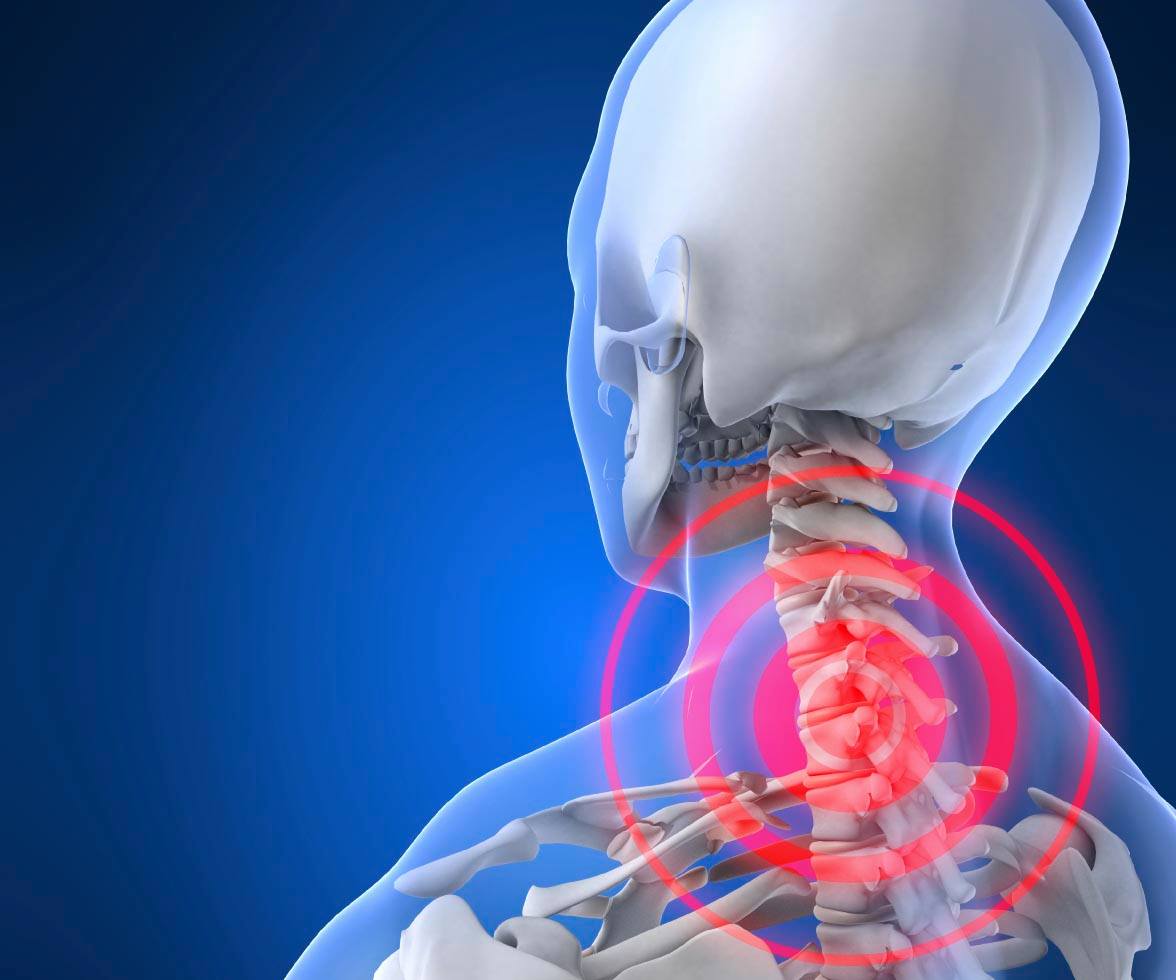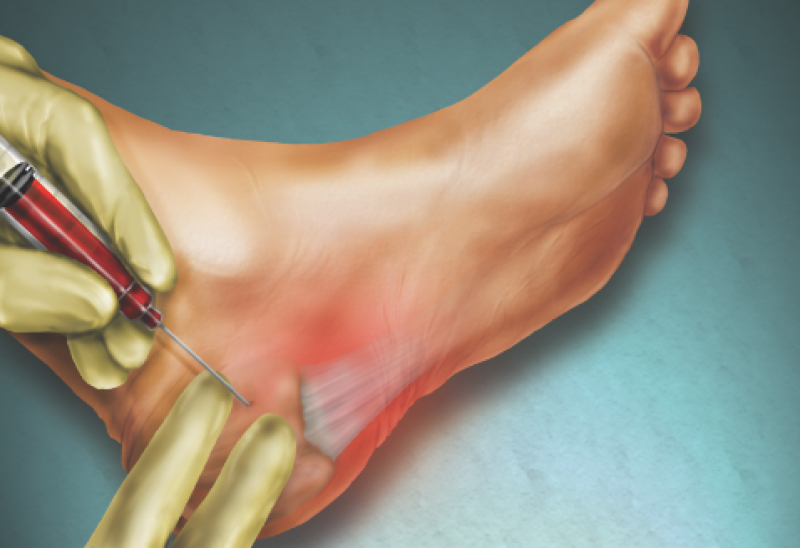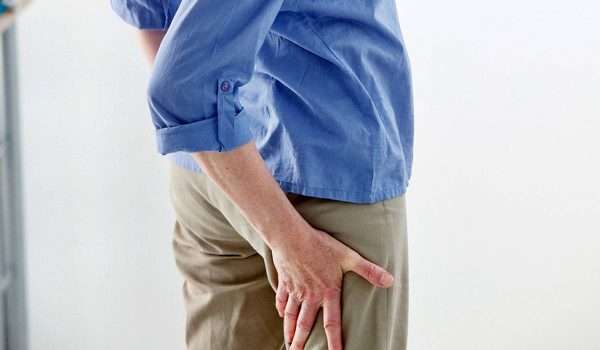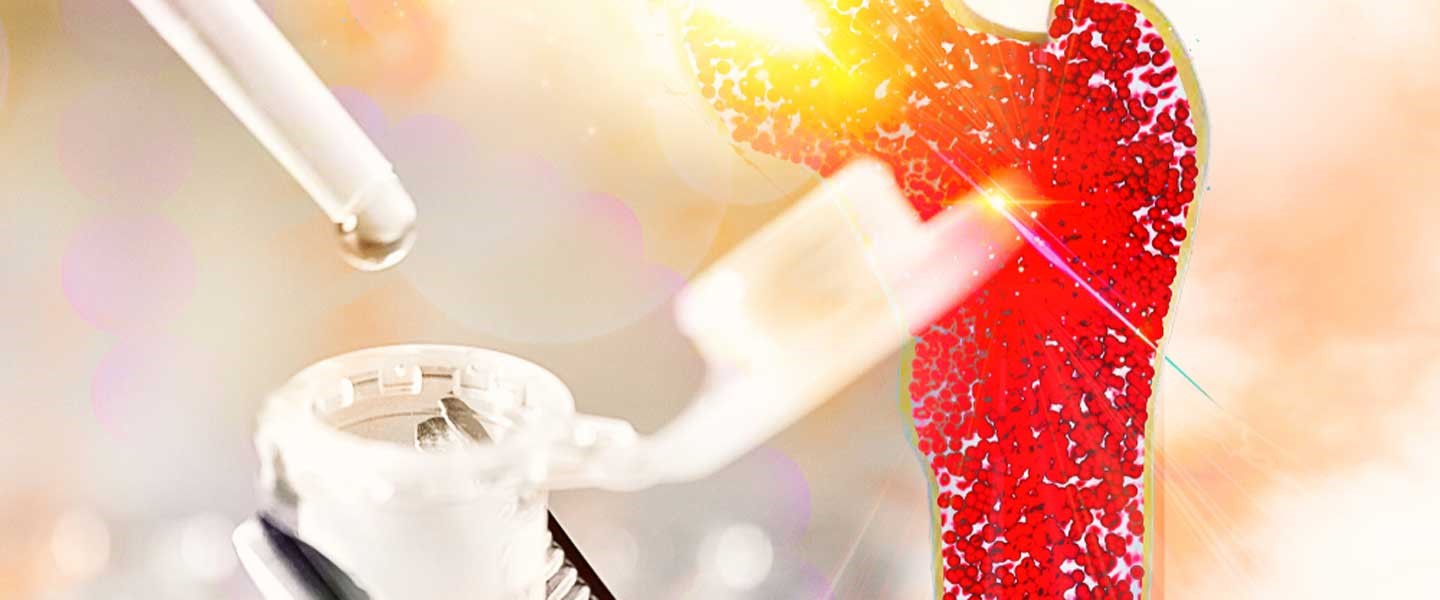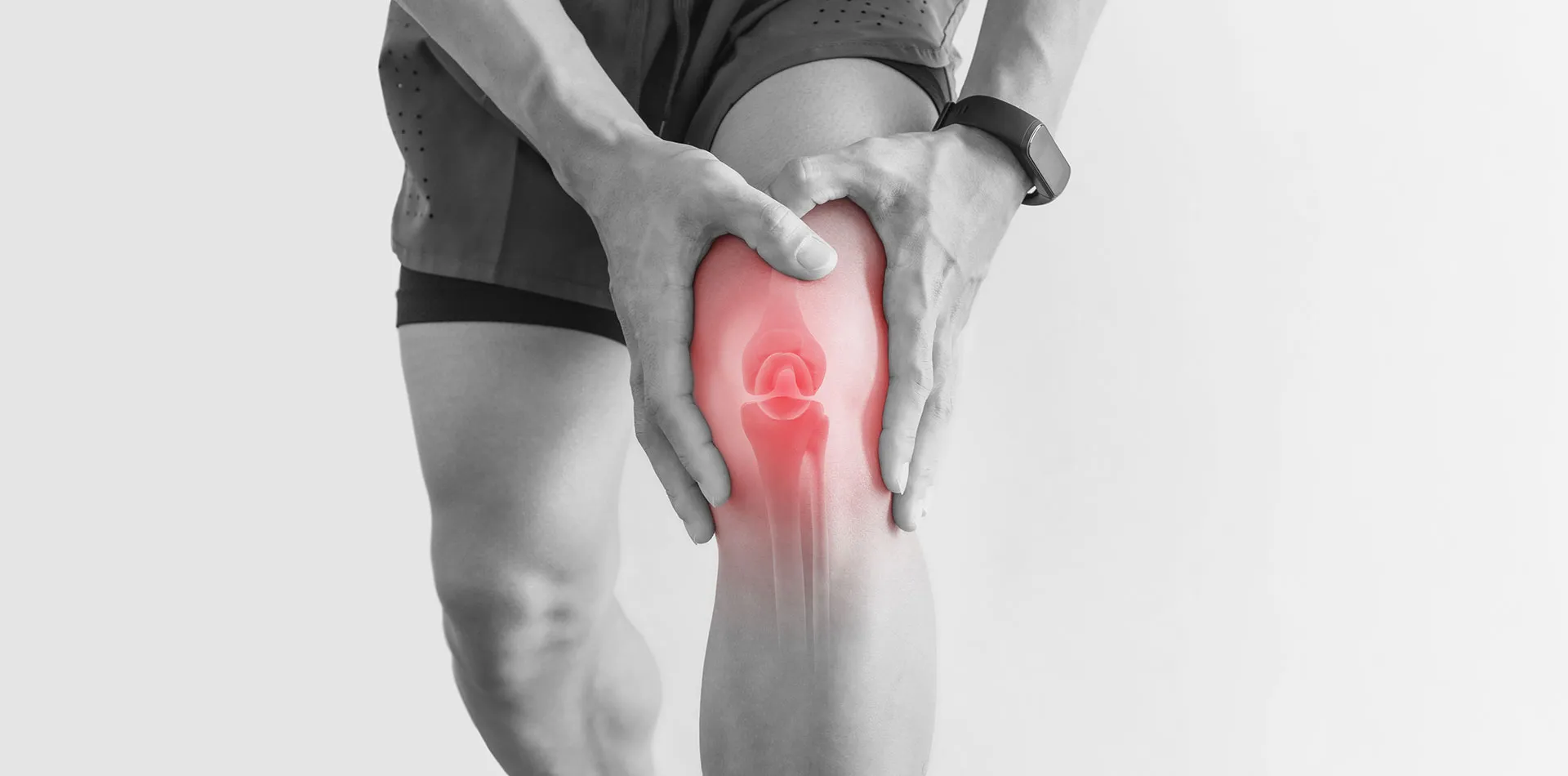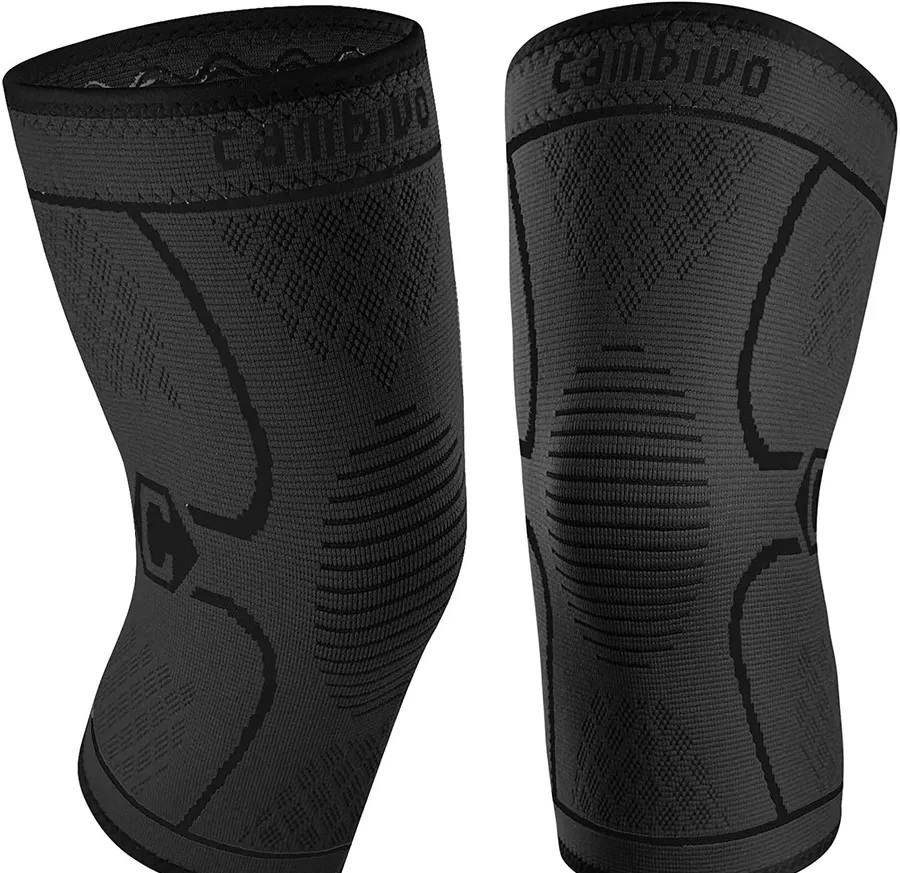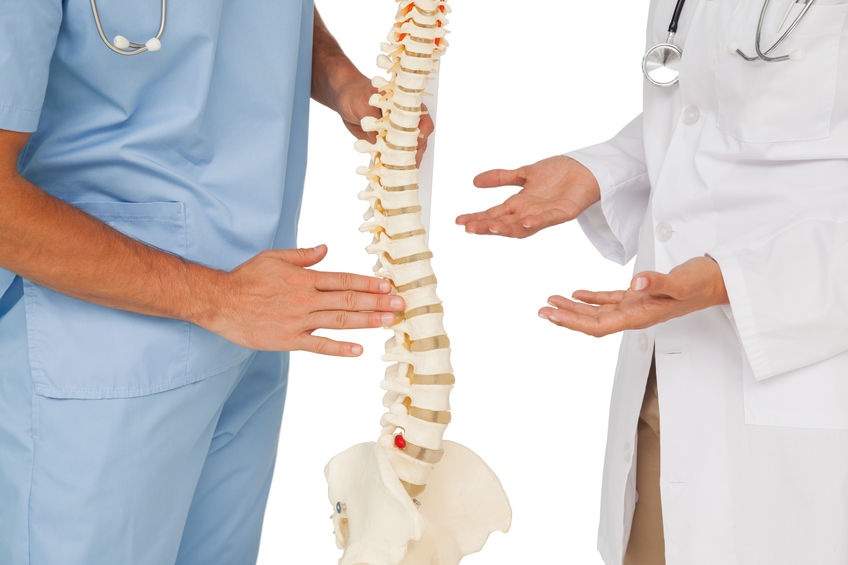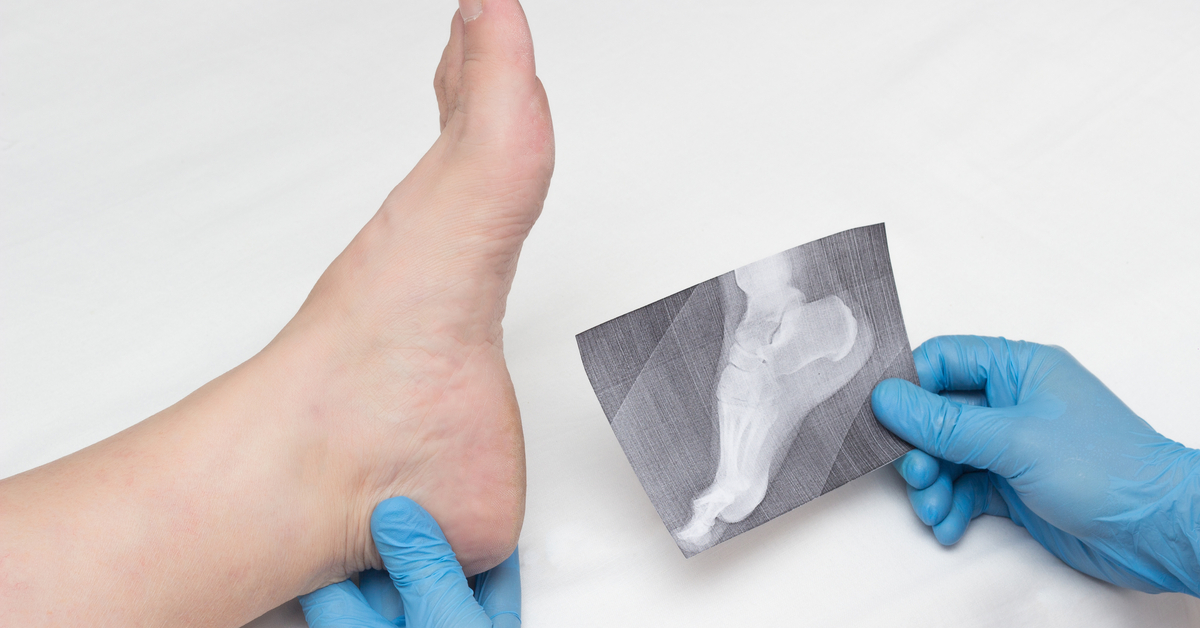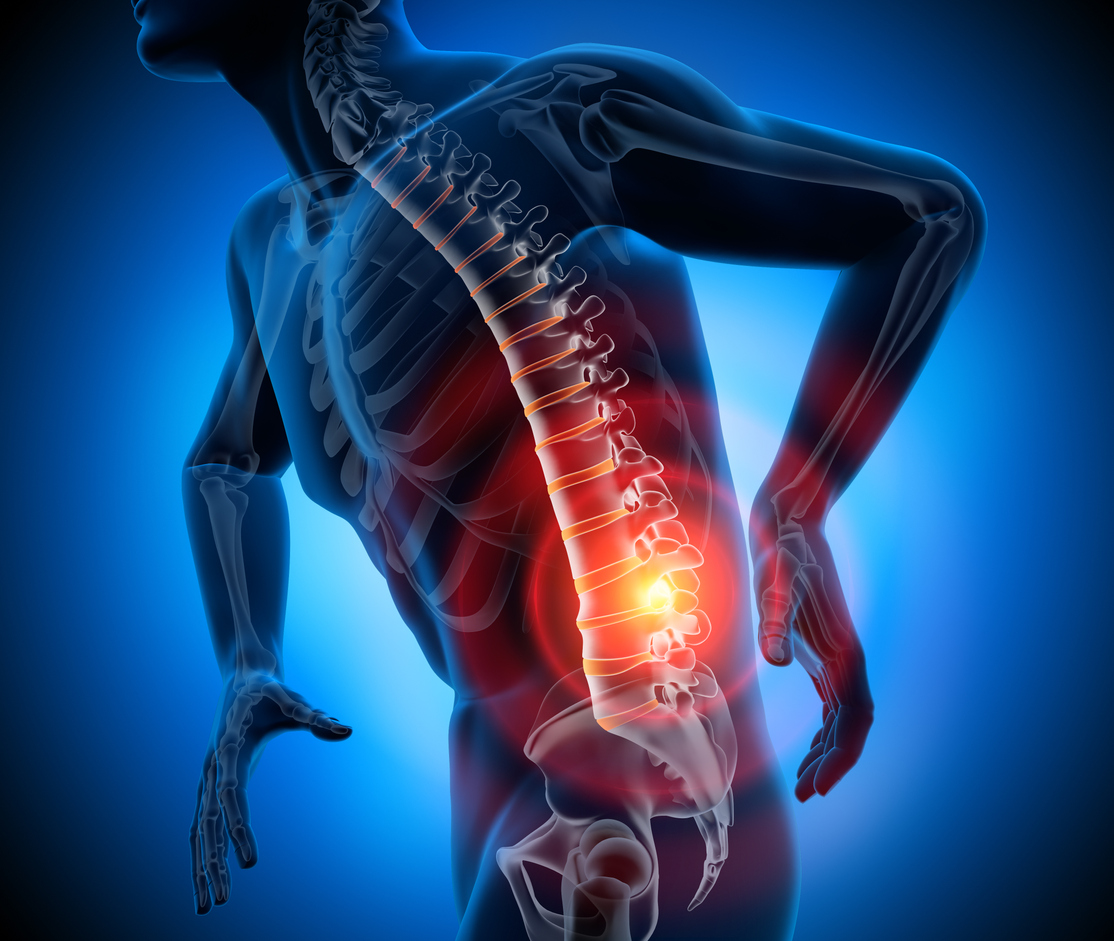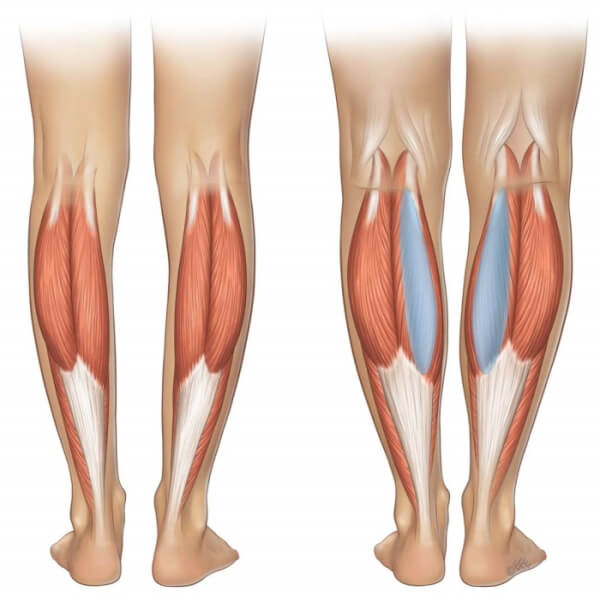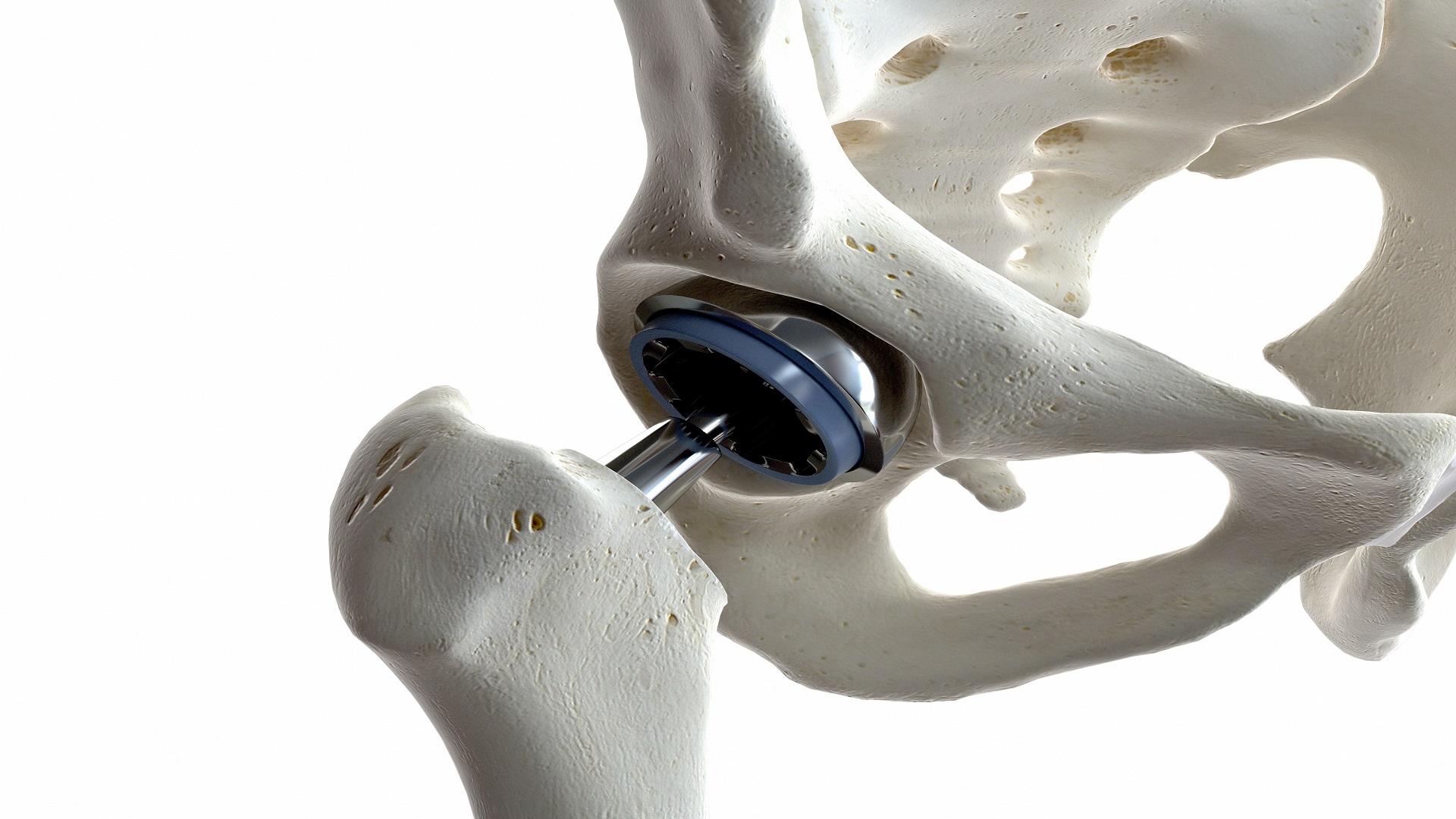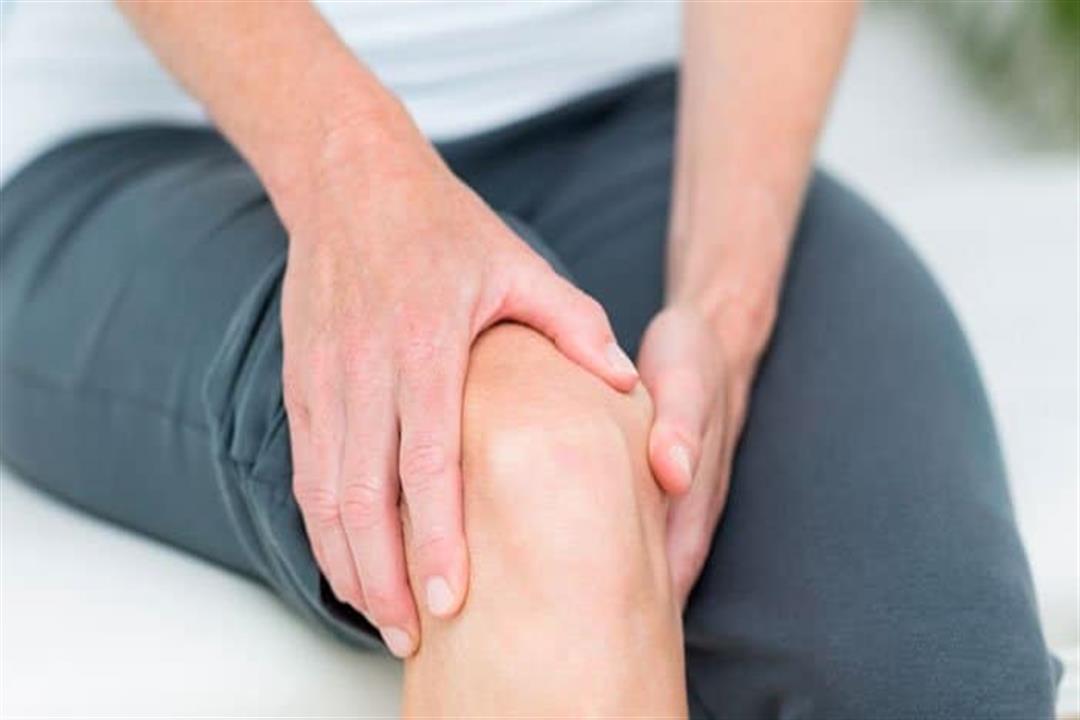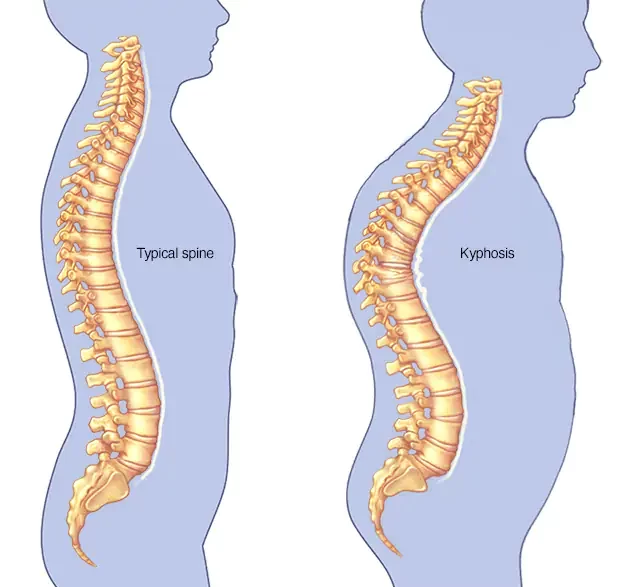?Plates and screws operation in the arm and how it can be used to treat fractures
Plate and Screw Surgery in the Arm, The procedure of placing plates and screws in the arm is a complex surgical procedure used to effectively stabilize bone fractures in the arm. This procedure is a common solution for severe arm injuries that require surgical intervention to achieve healing. This article provides a comprehensive explanation of how this surgical procedure is performed, as well as the common problems that may be encountered.
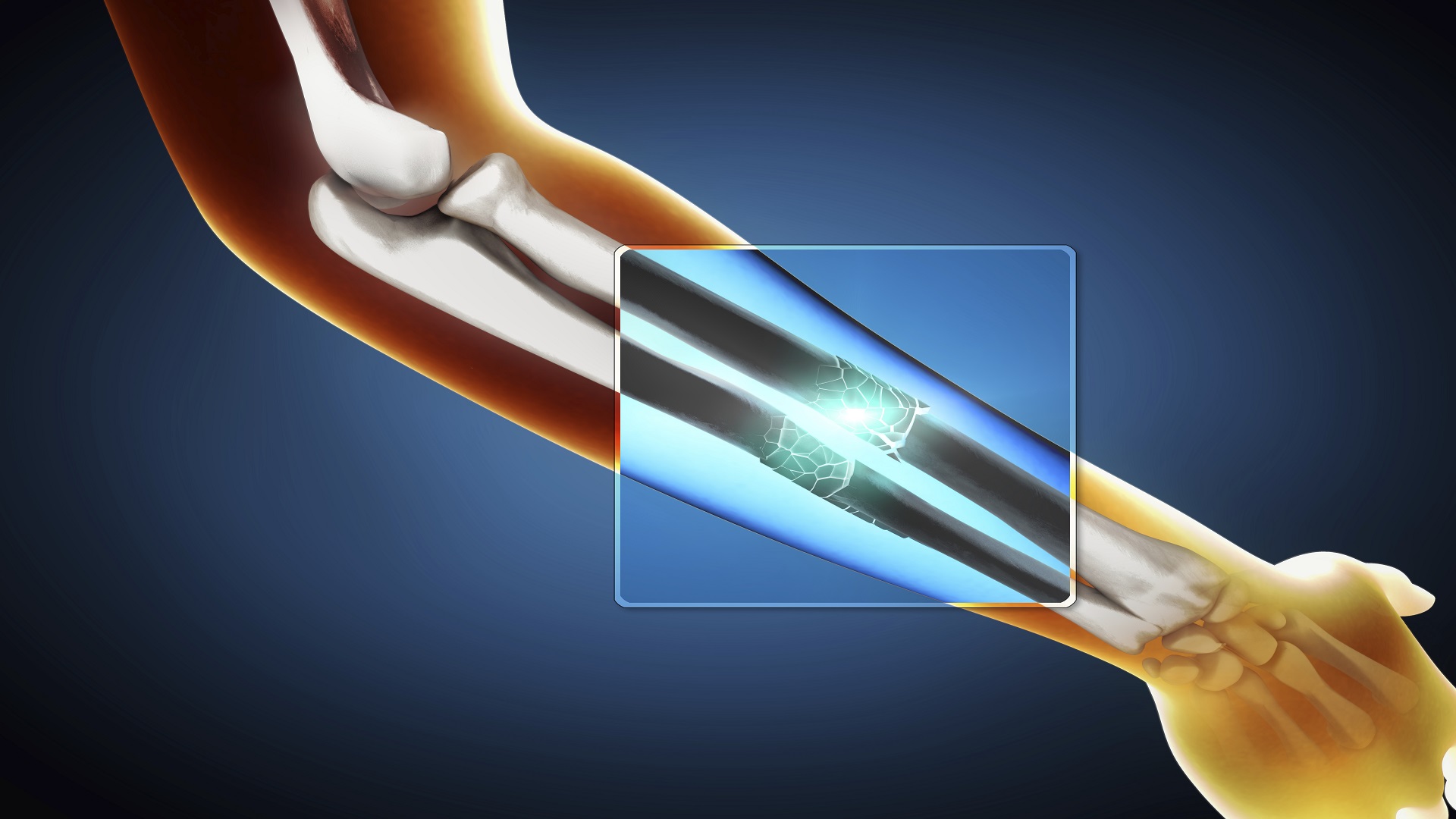
Plate and Screw Surgery in the Arm
The procedure of placing plates and screws in the arm is a surgical procedure used to stabilize bone fractures in the arm. It requires surgical intervention to install strong plates and screws in the broken bone to stabilize it and facilitate the healing process.
The plates and screws are used to stabilize the broken bones and prevent them from moving, which reduces the risk of complications and helps with faster recovery. The plates and screws are firmly fixed in the required position using special surgical instruments, and the procedure of placing plates and screws in the arm is relatively short.
After the surgery, the patient needs to wear a splint or cast for a period usually ranging from a few weeks to months, depending on the size of the fracture and its complications. The patient must follow the treating physician’s instructions and be careful to avoid any unnecessary movement of the fractured arm.
Prepare to return to your active lifestyle with confidence under the care of Dr. Amr Amal and his team, who provide excellent surgical services for plate and screw procedures in the arm, to achieve rapid healing and recovery.
How to Install Plates and Screws to Stabilize and Treat Fractures
Installing plates and screws is one of the surgical methods used to stabilize fractures and facilitate the healing process. It requires extensive surgical experience to perform this procedure. In this guide, we will provide an overview of how to install plates and screws to treat fractures:
Important pre-surgery steps:
- Diagnosis: The doctor must determine the nature of the fracture and choose the optimal treatment method, whether using plates and screws or other techniques.
- Comprehensive evaluation: The doctor must assess the patient’s overall health condition and identify factors that may affect the stabilization process, such as metal allergies.
- Surgical history: It is preferable for the surgeon to be present during the surgery to prepare the necessary equipment and materials and perform any additional preparatory tests or procedures.
Important steps during the surgery:
- Anesthesia: The patient is anesthetized with the appropriate medications according to medical guidelines.
- Surgery: The patient is placed under appropriate surgical monitoring, and the skin and tissue around the injured area are incised to access the fracture.
- Plate and screw installation: The high-quality medical plates and screws are properly fixed by the surgeon, with the plates placed over the fracture to enhance stabilization and support the healing process.
- Closure: After the completion of plate and screw installation, the incision near the injured area is closed using sutures, and additional fixation materials such as polypropylene may be used to assist in wound healing.
Post-operative care:
- Regular follow-up: The patient must adhere to regular visits to the treating physician to monitor the progress of healing and make any necessary adjustments or adjustments.
- Physical therapy: The patient may be advised to start physical therapy sessions after the surgery to improve movement and strengthen the muscles around the fracture.
- Personal safety: The patient must follow the treating physician’s instructions regarding personal care and avoid excessive effort and high-pressure activities on the injured areas.

What happens after the plate and screw surgery?
After the plate and screw fixation surgery, several steps are taken to ensure the patient’s recovery and stabilization. After the surgery, the patient is transferred to the recovery room where they are carefully monitored and provided with the necessary care to ensure their condition is stable.
The treating medical team collaborates with the patient to provide personalized care and ensure they heal quickly and without additional pain. After the plate and screw fixation surgery on the leg, there are several important guidelines the patient must follow for a healthy and rapid recovery.
Doctors keep the lines of communication open with the patient, answering questions and inquiries related to the surgery and the post-operative period. Continued cooperation between the patient and the medical team plays a significant role in facilitating the healing process.
Do not let an arm injury be an obstacle to your activity and daily life. Rely on the expertise and efficiency of Dr. Amr Amal in performing plate and screw surgeries to relieve pain and restore normal movement.
Is there pain after plate installation?
After undergoing the surgery to fix the plate and screws in the bone, the patient may experience some pain, which is due to the surgical procedure itself and the intervention on the injured area. However, it should be noted that the pain resulting from the plate and screw fixation surgery is usually temporary.
It can be controlled, and when dealing with pain after the plate fixation surgery, the usual painkillers can be used to relieve the pain. It is important for the patient to consult their treating physician regarding the appropriate medications and dosages to avoid any unwanted side effects.
Furthermore, the patient should avoid moving the fractured bones that have been stabilized with plates and screws, to prevent further pain or interfere with the fracture healing process. The plate fixation surgery may be accompanied by the appearance of bruises in the surgical area, and this is a natural and temporary occurrence.
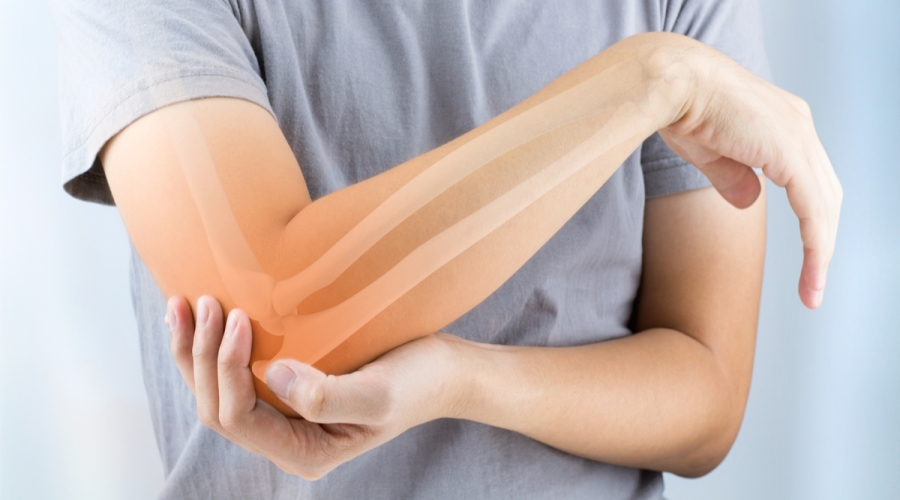
What are the risks of plates and screws?
- Discharge and bleeding: Bleeding or discharge may occur from the fracture area or the plate installation site, and this can lead to health problems and cause serious infections.
- Development of infection: Sometimes, signs indicating the development of infection in the wounded area may appear, including fever and chills, which indicate the presence of inflammation in the body.
- Numbness and tingling: The patient may experience numbness and tingling in the injury area associated with the plate or screw, which may be the result of the pressure exerted by the device on the surrounding nerves.
- Feeling of pain: The patient may suffer from persistent pain in the injured area, which can increase in severity over time, and the patient may also experience a stinging or burning sensation in the injured area.
- Fever: The patient may develop a fever as a result of the inflammation and complications that occur in the injured area.
Receive the specialized treatment and personalized care you deserve with arm plate and screw surgeries under Dr. Amr Amal, where each step is tailored to ensure rapid healing and long-term durability.
Can bone plates remain permanently without harm?
Bone plates are an essential component in fracture repair and stabilization procedures, providing support and stability to the damaged bones. A question may arise regarding the reliability of these plates and the possibility of them remaining in the body without any harm. Generally, bone plates can remain in the body for life without causing any problems.
As long as the patient does not experience persistent pain or a medical problem that requires the removal of the plates and screws, if there are no troublesome symptoms or complications, there is no need to undergo any additional procedures to remove the plates. This may indicate that the presence of bone plates in the body does not pose a health risk.
It does not cause harm to the patient, and doctors emphasize the importance of regular monitoring of the patient’s condition to ensure that there are no potential complications. However, it is rare for any problems to occur with bone plates, and when they do, it depends on several factors such as the location and type of fracture and the condition of the injured bone.
In some cases, the medical condition may require the removal of the plates and screws to prevent any potential problems in the future. Bone plates can remain in the body for life unless they cause any unacceptable symptoms or health complications.
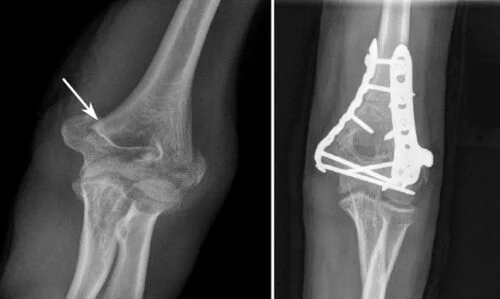
Duration of the Arm Plate and Screw Surgery
The procedure of installing a plate and screws in the arm is one of the important surgical procedures in the treatment of fractures that occur in this part of the body. The procedure consists of several steps that are followed to ensure proper fixation of the fracture. First, a small incision is made in the skin over the fracture site.
The area around the fracture is then cleaned, and after that, the plate and screws are inserted into the fractured arm and fixed using surgical glue. This process allows for strong and stable fixation of the fracture, preventing any abnormal movement of the broken bones and promoting the healing process.
Finally, the doctor closes the incision using sutures and staples to ensure proper wound healing. It is essential that the procedure be performed under general anesthesia to ensure the patient does not experience pain during the procedure. After the surgery, the patient must take adequate rest.
The patient must follow the treating physician’s instructions carefully, as the recovery period varies depending on the case and may take a few weeks or more. It is important to evaluate the healing and verify the stability of the fracture using X-rays before resuming routine activities.
As for the installation of plates and screws in other parts of the body, such as the leg, the duration of fixation may vary depending on the type and complexity of the fracture. In some cases, there may be a need for a longer period ranging from a few months to several months to stabilize the fracture and facilitate its healing.
Join the list of patients who have regained their active lives thanks to precise surgery and advanced techniques for plates and screws in the arm with Dr. Amr Amal, where the team ensures a comfortable surgical experience and amazing results.
How much does it cost to install plates and screws?
The process of installing plates and screws is one of the important medical contributions in treating complex fractures and cases that require strong and sustainable fixation, and the cost of this procedure varies based on several different factors.
In Egypt, the cost of installing plates and screws usually ranges between 20 to 80 thousand pounds,</strongnd this cost includes all medical procedures, surgery team fees, and hospital fees. The price of the intramedullary nail is determined based on several factors.
Such as current medical supplies prices, the consultant performing the operation, and the medical team involved. Generally, the cost of installing plates and screws is considered moderate for many people, especially considering its importance in achieving healing and recovery.
It is worth mentioning that the cost of installing plates and screws may vary depending on the country of manufacture of the support, the type of plates and screws used, and it is always recommended to consult with specialized doctors and seek their professional experience to get a more accurate idea of the cost of the operation.
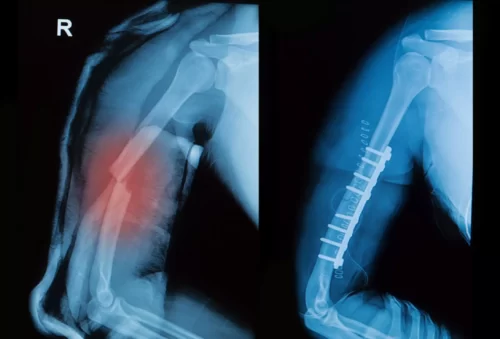 How much does it cost to install plates and screws?
How much does it cost to install plates and screws?
Best Doctor for Installing Plates and Screws
In general, the experience of skilled doctors in this field is indispensable, and among these prominent doctors is Dr. Amr Amal, a consultant in orthopedic and joint surgery at Ain Shams University. Dr. Amr has extensive experience.
In installing plates and screws to treat and stabilize fractures and with hundreds of successful cases he has handled, Dr. Amr Amal is among the best orthopedic doctors in Egypt. Dr. Amr conducts a comprehensive diagnosis and examination of patients, determining the condition and proposing the appropriate treatment plan. He also provides important guidance during the rehabilitation period after leg deformity surgery.
With the goal of restoring health conditions and achieving maximum benefit from surgical treatment, Dr. Amr Amal holds a Doctorate in Orthopedic Surgery from Cairo University, where he received high-quality training in Egypt and abroad, specializing in the cotton swab process.
Dr. Amr Amal offers an effective solution for cases that require the use of plates and screws as a means of stabilizing fractures. Dr. Amr’s practical experience and extensive expertise in this field, along with ongoing updates in orthopedic surgery, make him a reputable and trusted doctor in Egypt. If you are looking for the best doctor for installing plates and screws in Egypt, Dr. Amr Amal is the ideal choice, and his consultations and precise medical guidance will help you regain your health and overcome the challenges resulting from fractures.


